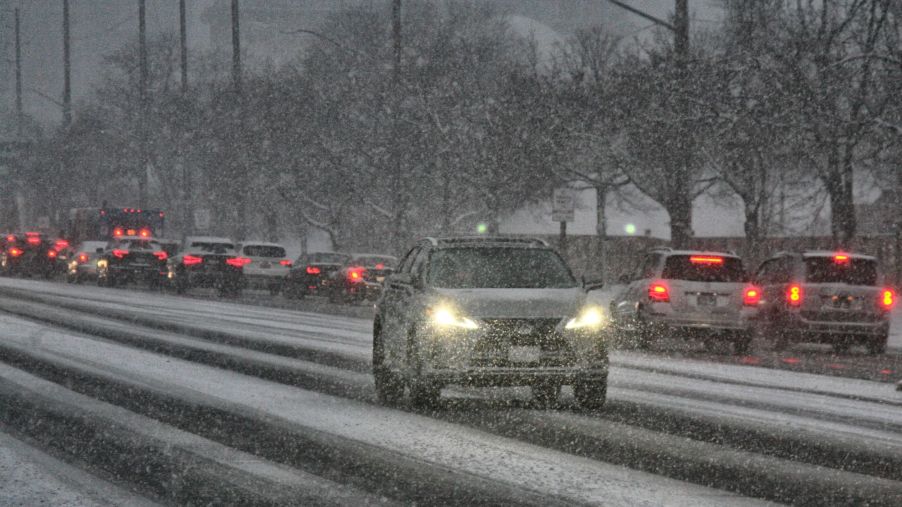
5 Things You Need to Check Before Heading out This Winter
Driving in winter weather can be challenging, even if you have the most advanced safety features. Making a wrong decision can leave you stranded or lead to further accidents. When driving in winter weather, it’s imperative your car does not fail. Therefore, it’s recommended you prepare for winter and maintain your vehicle properly before heading out to ensure car safety.
Vehicle inspection for winter

It is essential to check your vehicle for any faults or wear and tear before taking off. One aspect to check would be your gas level to ensure you have a full fuel tank. This will keep you from being stranded if your car runs out of gas. Checking your battery to be sure it is charged fully and replacing it if you notice signs of weakness will keep you from being stranded as well.
Checking whether you may have a damaged ignition system will keep you safe during those winter months. Pay close attention to wires and ignition caps to ensure they are in place. Cooling systems need to be full to ensure you have enough antifreeze coolant levels to keep your car going.
Your windshield wipers need to be in good shape. The wipers should press hard against the glass to enhance visibility during snow and icy precipitation. Proper lubrication of hinges, latches, weather stripping, and door locks will ensure you have no issues opening what is needed to be accessed in the vehicle.
Tires are one of the most essential parts of the car, especially when traveling during winter. It is imperative to ensure you have enough tread depth on your tires to travel safely. This will provide the traction needed for proper steering.
Plan your route
It’s also important to plan your route effectively by checking traffic reports and local weather forecasts. Sometimes it is advisable to postpone a journey if roads are not in good condition. If postponing your travel is not an option, prepare adequately for traffic-related delays, and leave early to compensate for delays instead of speeding.
Drivers should always familiarize themselves with maps and only use GPS as a secondary tool. Ensure departure time, route, and estimated arrival time are communicated to others before you depart, not in the vehicle.
Driving techniques for winter
It’s also important to wear your safety belt and regulate your driving speed. So check inside your car to be sure everything is working correctly by starting it. Starting your vehicle before driving also allows it to warm up. Check your tires to make sure they have tread before moving out, and look for the right equipment like traction devices to get off of ice if you’re stuck.
Know Your Vehicle
Find out what safety measures are built into your car. Does it have traction control, and does it have an anti-lock braking system? If you find you can’t control your vehicle on slippery roads, it’s best to get another car instead. You don’t have accidents due to a lack of brakes.
If you own a four-wheel-drive vehicle, filling your fuel tank can help you increase the weight at the back, giving you more traction on the road. In addition, if you get stuck, you can keep your car running and stay warm until you get help.
Survival Gear
It is advisable to be ready for any eventuality when driving in winter weather. So you must also carry survival gear to help you navigate through the weather in case you get stuck. Some key things to remember on your journey include the following:
- A small flashlight, preferably LED and with full batteries
- Cell phone, car charger, or power bank
- First aid kit
- Warm gloves and hat
- Warm blanket and wellington boots
- Spare tire
- Flares or emergency warning triangles
- Abrasive material like sand for when you get stuck in snow
- Extra food like snack bars or canned food
Conclusion
When driving in harsh weather, it’s imperative to consider your safety first. Use your judgment to gauge whether it will be safer for you to head out in the winter weather. It’s better to postpone your journey if you can’t drive. But if you must go, remember to check your car, carry safety tools, and check the road ahead before moving out.


